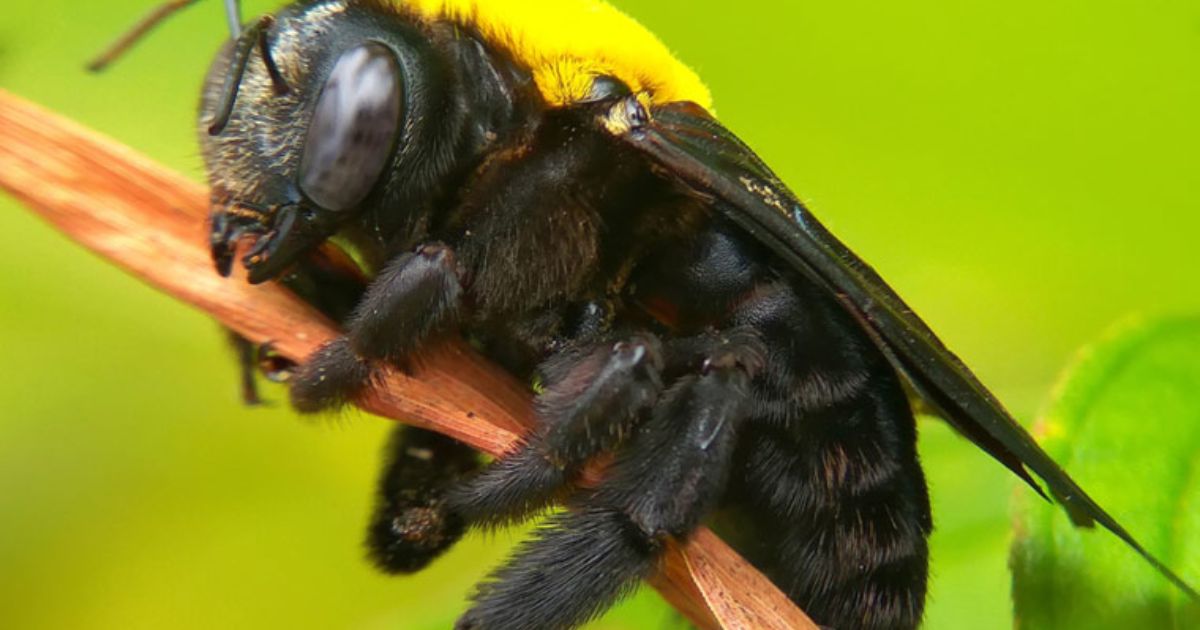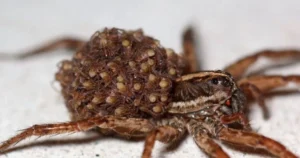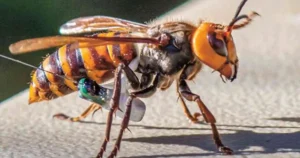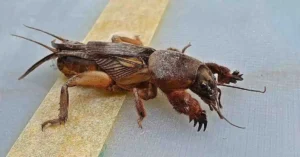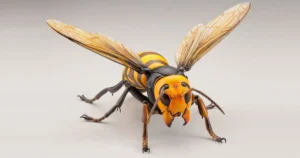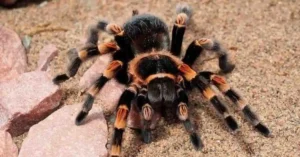Carpenter bees are common insects that can become a nuisance for homeowners, especially during spring and summer. Known for their ability to bore into wood, these bees are often mistaken for bumblebees due to their appearance. While they play a vital role in pollination, their nesting habits can cause structural damage to wooden surfaces. This article delves into the details of carpenter bees, their stinging behavior, potential risks, and effective methods to prevent and manage infestations.
What Are Carpenter Bees?
Carpenter bees (Xylocopa species) are large, solitary bees insects known for their wood-boring habits. Unlike social bees that form colonies, carpenter bees prefer to work alone. They drill into untreated or weathered wood to create nests for laying eggs, often targeting decks, fences, and outdoor furniture.
Identifying Carpenter Bees
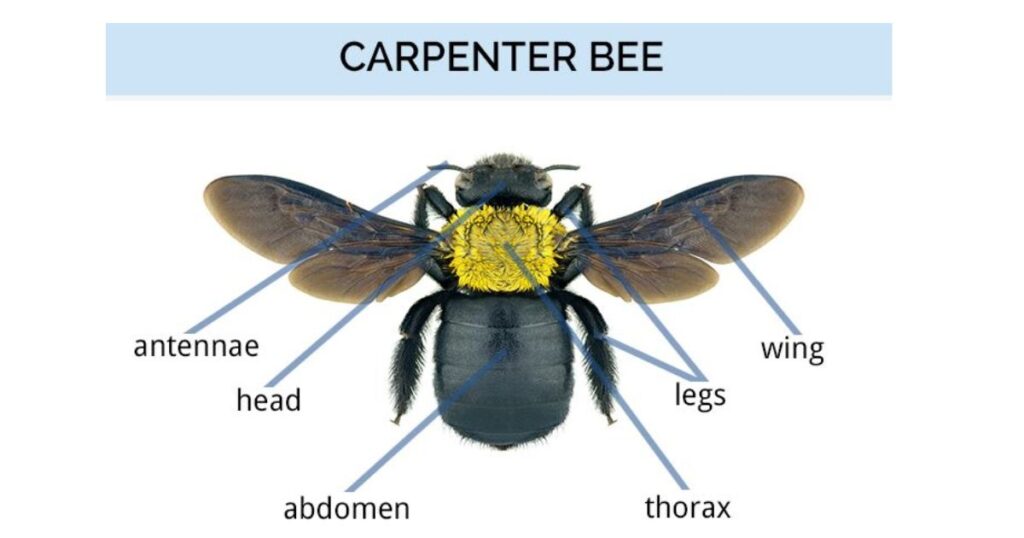
Carpenter bees are often confused with bumblebees, but they have distinct features that set them apart:
Appearance: Carpenter bees have a shiny, black abdomen, whereas bumblebees are covered in fuzzy yellow and black hair.
Size: They range from 12 to 25 mm in length, depending on the species.
Behavior: While bumblebees build communal nests, carpenter bees prefer individual burrows in wood.
Habitat and Nesting
Carpenter bees are most commonly found in regions with warm climates. They prefer softwoods like cedar, pine, and redwood for nesting. Untreated or unpainted wooden surfaces are particularly attractive to them, making homes and outdoor structures prime targets.
Do Carpenter Bees Sting?
The question of whether carpenter bees sting is a common concern, particularly for homeowners dealing with an infestation. Understanding their stinging behavior requires examining the differences between male and female bees.
Female Carpenter Bees
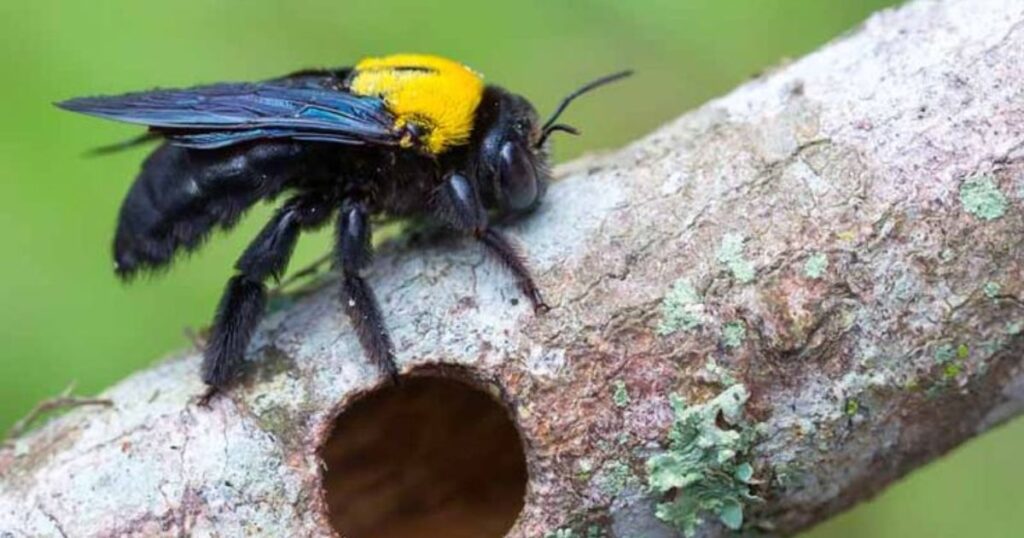
Female carpenter bees have stingers and can sting if provoked. However, they are generally non-aggressive and will only sting in self-defense, such as when handled or threatened near their nests. Their sting injects venom, causing localized pain and swelling.
Male Carpenter Bees
Male carpenter bees, despite their aggressive behavior, lack stingers entirely. They often hover near nests and confront perceived threats by darting toward them. While their bluffing can be intimidating, they pose no physical harm.
Symptoms and Risks of Carpenter Bee Stings
Although carpenter bee stings are relatively rare, it’s essential to understand their potential effects.
Typical Sting Symptoms
Pain: A sharp, immediate pain at the sting site.
Swelling: Localized redness and puffiness around the affected area.
Itching: Common as the skin reacts to the venom.
Severe Allergic Reactions
In rare cases, individuals may experience an allergic reaction to a carpenter bee sting. Symptoms of an allergic reaction can include:
Difficulty breathing or wheezing.
Swelling of the throat, face, or lips.
Dizziness or fainting.
If these symptoms occur, immediate medical attention is necessary.
Why Are Carpenter Bees Attracted to Wood?
Carpenter bees are drawn to wood for nesting. Their preference for soft, untreated wood makes certain structures more susceptible to damage.
Factors That Attract Carpenter Bees
Untreated Wood: Unpainted or unvarnished surfaces provide an ideal nesting site.
Wood Grain: Softwoods like pine, cedar, and redwood are easier for bees to excavate.
Sunlight Exposure: Warm, sunlit areas are preferred by carpenter bees for nesting.
Signs of an Infestation
Drilled Holes: Perfectly round holes in wooden surfaces.
Sawdust Piles: Fine wood shavings beneath nesting areas.
Bee Activity: Increased buzzing and darting near wooden structures.
Preventing Carpenter Bee Infestations
Taking proactive measures can help protect your home from carpenter bee damage. The following strategies focus on deterring these insects from nesting.
Protective Coatings
Paint or Stain Wood: Carpenter bees avoid painted or varnished surfaces. Regularly applying these coatings can deter nesting.
Use Wood Preservatives: Chemical treatments can make wood less appealing to bees.
Physical Barriers
Mesh Screens: Cover exposed wood with fine mesh to block access.
Hardwood Alternatives: Replace vulnerable softwood structures with hardwood or non-wood materials like composite decking.
Natural Deterrents
Essential oils, such as citrus or almond oil, are natural repellents. Apply these oils to high-risk areas to discourage carpenter bee activity.
How to Manage Carpenter Bee Infestations
If carpenter bees have already established nests, removing them safely and effectively is crucial to minimize damage.
DIY Removal Methods
Insecticidal Dust: Apply directly into the nesting holes. This method is effective for eliminating bees inside the burrow.
Bee Traps: Carpenter bee traps can be placed near nesting areas to catch and relocate the insects.
Plugging Holes: Once the bees are gone, seal the holes with wood filler to prevent future nesting.
Professional Pest Control
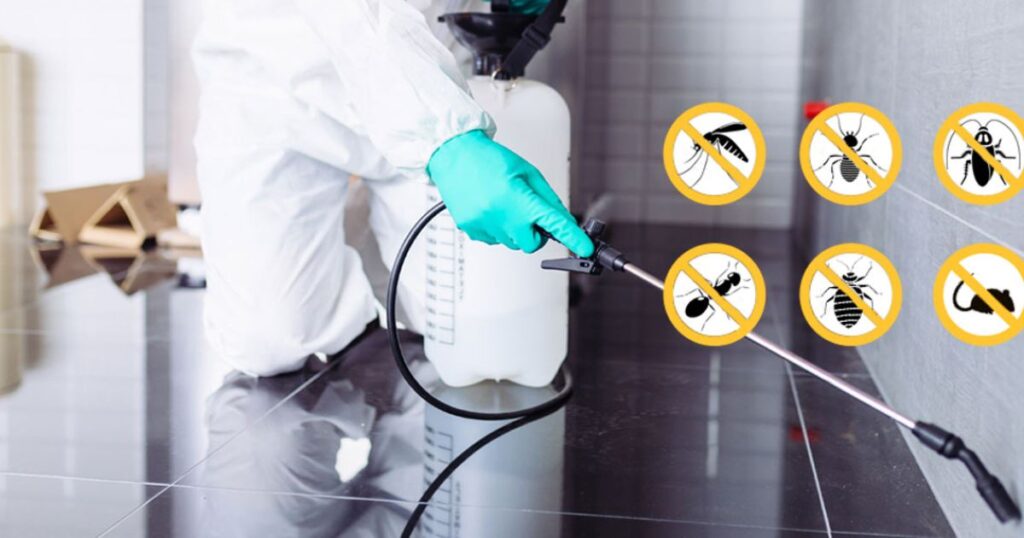
For extensive infestations, hiring a pest control expert ensures thorough removal. Professionals can use advanced techniques, such as fumigation or wood treatments, to eliminate carpenter bees and prevent recurrence.
The Role of Carpenter Bees in the Ecosystem
Despite their potential to cause damage, carpenter bees are essential pollinators. They play a significant role in pollinating flowers, crops, and wild plants, contributing to biodiversity and food production.
Striking a Balance
While it’s necessary to manage carpenter bee infestations to protect property, non-lethal methods should be prioritized. These methods preserve their ecological benefits while addressing human concerns.
Conclusion
Carpenter bees are both beneficial and problematic. Their ability to pollinate plants makes them valuable to the ecosystem, yet their nesting habits can cause significant damage to wooden structures. By understanding their behavior, stinging risks, and prevention methods, homeowners can effectively manage carpenter bee issues while respecting their ecological role. Whether you choose DIY solutions or professional pest control, addressing carpenter bee infestations promptly ensures the safety of your home and the environment.
FAQs
1. How can I tell if I have a carpenter bee infestation?
Look for small, round holes in wooden surfaces and piles of sawdust beneath these holes. Increased bee activity near wood structures is another common sign.
2. Are carpenter bees harmful to humans?
Carpenter bees are generally not aggressive. Female bees can sting when provoked, but males lack stingers and are harmless. Stings are rare unless the bees are threatened.
3. Can I use natural remedies to prevent carpenter bees?
Yes, natural repellents like citrus or almond oil can deter carpenter bees. Apply these oils to untreated wood or vulnerable areas as a preventive measure.
4. Should I kill carpenter bees to protect my home?
Killing carpenter bees should be a last resort. Opt for non-lethal methods like sealing holes, using traps, or applying protective coatings to discourage nesting while preserving their ecological role.

James William is a passionate animal lover and expert in the Animals and Pets niche. With years of experience in pet care, wildlife studies, and blogging, James shares practical tips, heartwarming stories, and expert advice to help pet owners build stronger bonds with their furry, feathered, and scaly companions.
